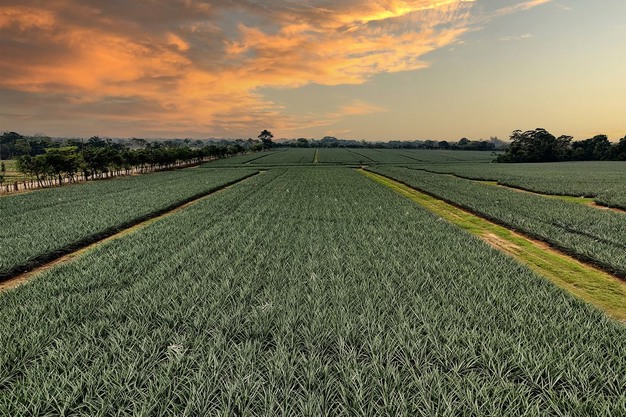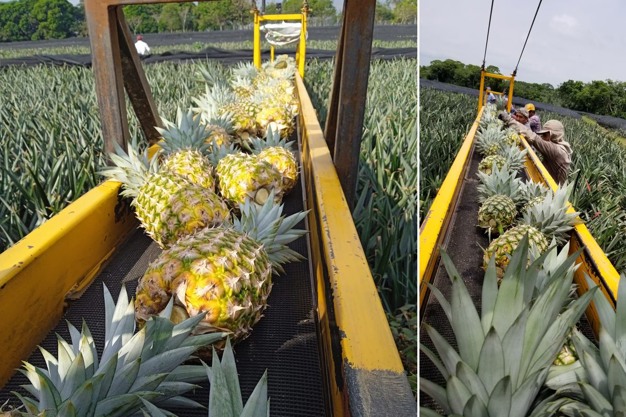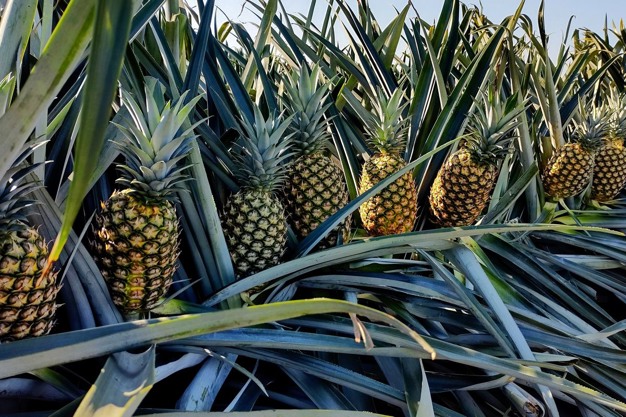After the state of Veracruz, Tabasco is the second largest pineapple growing region in Mexico. Ideal temperatures and optimal hours of sunlight make the region very suitable for the cultivation of pineapples. As a result, supply is available between 48 and 50 weeks a year. "However, the absence of rain in the first months of 2024 and extremely high temperatures this summer are having an impact on production volume," says Gustavo Valer with Tabafresh, grower of pineapples in the municipality of Huimanguillo, in the state of Tabasco.

Smaller size fruit
Drought as a result of low rainfall levels has resulted in projected volumes to be 35 percent lower this year compared to the 2023 season. In addition, reduced acreage is also playing a role in lower production volumes. The drought has caused fruit to be smaller in size, reducing total yields. Availability of large size fruit (5s and 6s) has decreased by 45 percent and production of medium and small size fruit (7s, 8s and 9s) is down 18 percent this season.
A lack of large size pineapples has caused elevated pricing. On average, large size fruit has increased in price by 28 percent over last season. Prices of medium and small size fruit are up 20 percent over last year.

U.S. and Canada main export markets
Demand for pineapples aligns with supply, which is stronger during the first half of the calendar year. "Usually, the first half of the year generates about 60 to 65 percent of total sales and the remaining 30 to 35 percent is developed in the second half of the year," Valer shared. Tabafresh sells their pineapples within the domestic Mexican market, but also exports to the U.S. and Canada. "This calendar year, exports represent 50 percent of total sales. The other 50 percent of production volume stays in the domestic market, mainly in the retail segment."
The pineapple variety grown in Tabasco is one of the preferred varieties globally, called MD2. "It is a hybrid with good flavor, better sweetness and better organoleptic characteristics compared to other varieties," commented Valer. "It also has a longer shelf life and has the ability to bear fruit for harvest in a period of 12 to 14 months."

 For more information:
For more information:
Gustavo Valer
Tabafresh
Tel: (+1) 956-685-1762
gm@tabafresh.com
www.tabafresh.com
